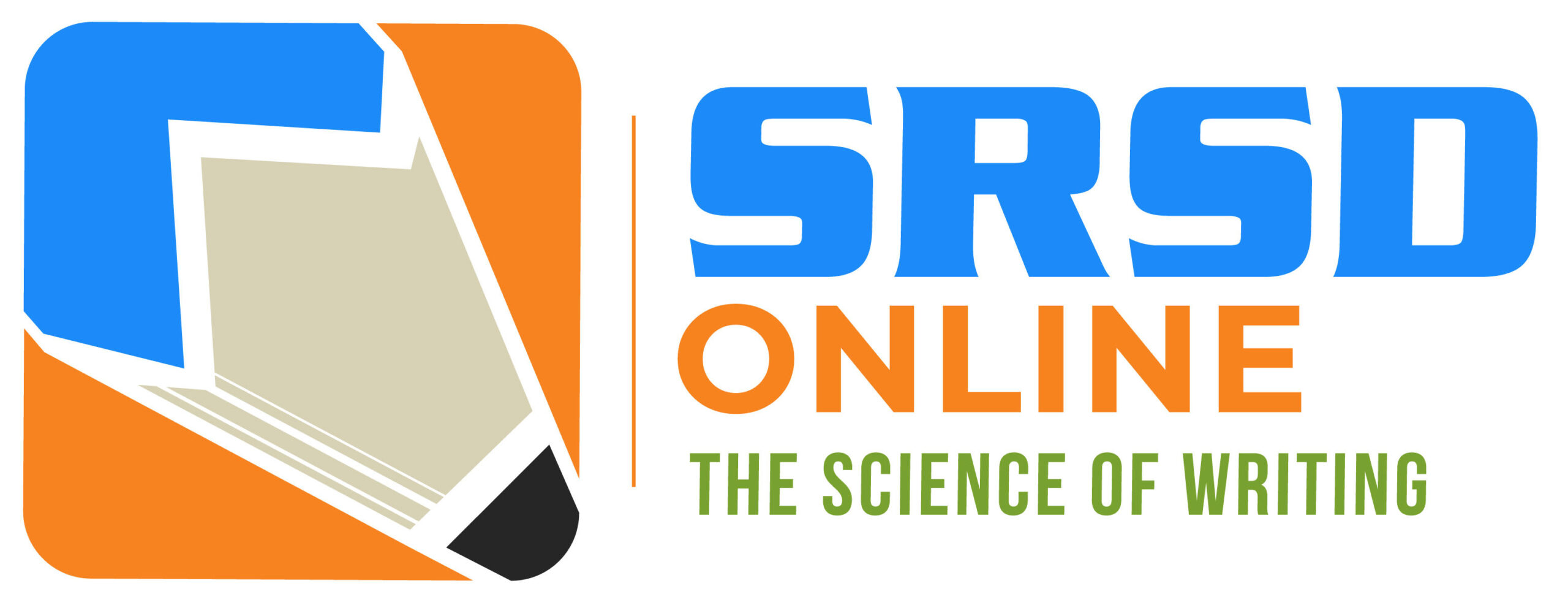Self-Regulated Strategy Development (SRSD) is an evidence-based instructional approach characterized by active, discussion-based, scaffolded, and explicit learning of knowledge of the writing process; general and genre-specific knowledge; academic vocabulary; and validated strategies for teaching reading and writing. IES has supported multiple research studies on SRSD for students with learning disabilities in K-12 and postsecondary general education settings. SRSD is used in as many as 10,000 classrooms across the United States and in 12 other countries. In this interview blog, we spoke with Dr. Karen Harris, the developer of SRSD, to learn more about this effective instructional strategy, the IES research behind it, and next steps for further scaling of SRSD so that more students can benefit.
What led you to develop the Self-Regulated Strategy Development model?
 I began developing what became the SRSD model of instruction in the 1980s, based on my experiences tutoring and teaching. No one theory could address all of what I needed to do as a teacher, or all that my students needed as learners. SRSD instruction pulls together what has been learned from research across theories of learning and teaching. It is a multicomponent instructional model that addresses affective, behavioral, and cognitive aspects of learning. Further, SRSD instruction is intended to take place in inclusive classrooms, is discourse-driven, integrates social-emotional supports, and involves learning in whole class and group settings with peer collaboration. SRSD research started in writing because Steve Graham (my husband and colleague) was deeply interested in writing, and we co-designed the initial studies. Today, SRSD instruction research exists across a wide variety of areas, such as reading comprehension, mathematical problem solving, fractions, social studies, and science.
I began developing what became the SRSD model of instruction in the 1980s, based on my experiences tutoring and teaching. No one theory could address all of what I needed to do as a teacher, or all that my students needed as learners. SRSD instruction pulls together what has been learned from research across theories of learning and teaching. It is a multicomponent instructional model that addresses affective, behavioral, and cognitive aspects of learning. Further, SRSD instruction is intended to take place in inclusive classrooms, is discourse-driven, integrates social-emotional supports, and involves learning in whole class and group settings with peer collaboration. SRSD research started in writing because Steve Graham (my husband and colleague) was deeply interested in writing, and we co-designed the initial studies. Today, SRSD instruction research exists across a wide variety of areas, such as reading comprehension, mathematical problem solving, fractions, social studies, and science.
What are some of the key findings about this instructional strategy?
SRSD has been recognized by the What Works Clearinghouse (WWC) as an evidence-based practice with consistently positive effects on writing outcomes. A 2013 meta-analysis of SRSD for writing found that SRSD was effective across different research teams, different methodologies, differing genres of writing (such as narrative or persuasive), and students with diverse needs including students with learning disabilities and emotional and behavioral disorders. Effect sizes in SRSD research are typically large, exceeding .85 in meta-analyses and commonly ranging from 1.0 to 2.55 across writing and affective outcome measures.
Over the years, IES has supported a number of studies on SRSD, which has led to some key findings that have practical implications for instruction from elementary school through college.
- At the elementary level, researchers found that SRSD is effective as a Tier 1 general education approach for improving writing skills and behavioral self-regulation. When used as a Tier 2 intervention for students with behavioral difficulties, SRSD has a strong and positive impact on opinion essay and story-writing performance.
- At the high school level, researchers have explored the use of SRSD with students with behavioral disabilities. Using random assignment, the pilot study found the intervention to be associated with increases in the use of topic sentences, reasoned arguments, and conclusions during persuasive brief writing tasks. These results have been replicated in low-income rural schools.
- At the college level, with funding through a development grant and a subsequent efficacy and replication grant, researchers found large positive effects on writing quality as well as improvements in self-efficacy and use of mastery goals when SRSD was used in teaching remedial writing in community college.
Do you know how many teachers use SRSD in their classrooms?
It is hard to be sure how prevalent SRSD instruction is in practice, but there are two groups dedicated to scaling up SRSD in schools— thinkSRSD and SRSD Online—both of which I voluntarily advise. Together, they have reached over 300,000 students and their teachers in the United States. In addition, I am following or in touch with researchers or teachers in 12 countries across Europe, North America, Australia, Africa, Asia, and the Middle East.
What’s next for research on SRSD?
Many students have difficulty writing by the time they get to upper elementary school. Currently, there is an ongoing development project that is adapting and testing SRSD for children in the lower elementary grades to support their oral language skills, transcription, and writing strategy skills. The research team is in the process of conducting a small-scale randomized controlled study and will have findings soon.
Beyond this study, there are many future directions for SRSD research, including further work in different genres of writing, different grades, and involving families in the SRSD process. More work on how to integrate SRSD strategies into instruction across content areas, such as social studies or science is also needed. Despite the evidence base for and interest in SRSD, a major challenge is scaling up SRSD in schools. We and other researchers have identified numerous barriers to this goal. We also need research on working with administrators, schools, and teachers to use writing more effectively as a tool for self-expression, self-advocacy, and social and political engagement. Writing can also be an important and effective means of addressing issues of equity and identity, and little SRSD research has been done in these areas.
Dr. Karen Harris is Regents Professor and the Mary Emily Warner Professor at Arizona State University’s Mary Lou Fulton Teachers College. Her current research focuses on refining a web-based intelligent tutor to augment SRSD instruction with elementary students in persuasive writing, integrating SRSD with reading to learn and writing to inform, developing a Universal Design for Learning Science Notebook, and developing practice-based professional development for SRSD.
This blog was produced by Julianne Kasper, Virtual Student Federal Service intern at IES and graduate student in education policy & leadership at American University.



